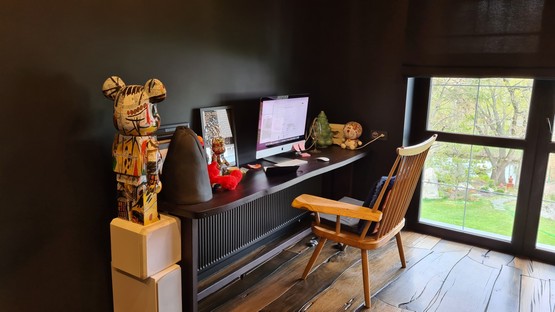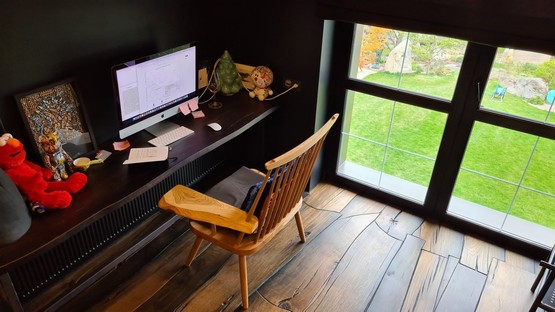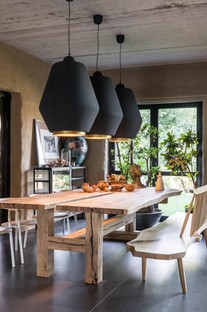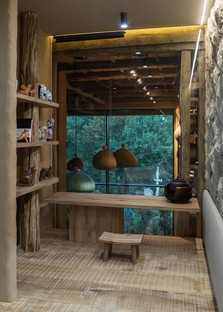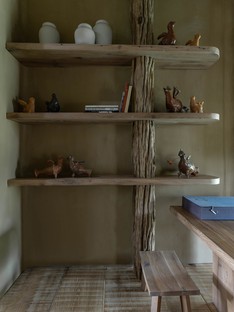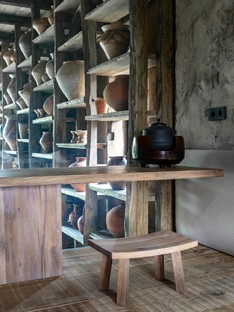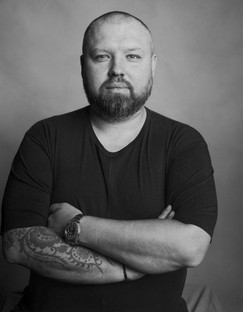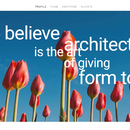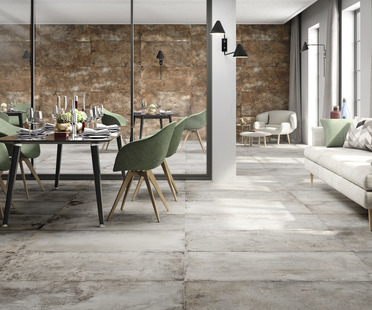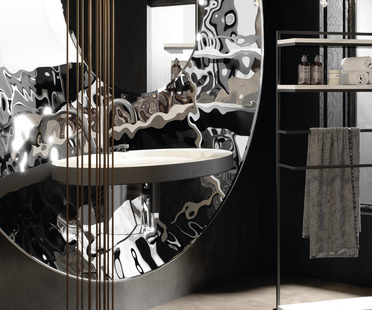12-05-2020
Architecture, the pandemic and the future of design: Sergey Makhno
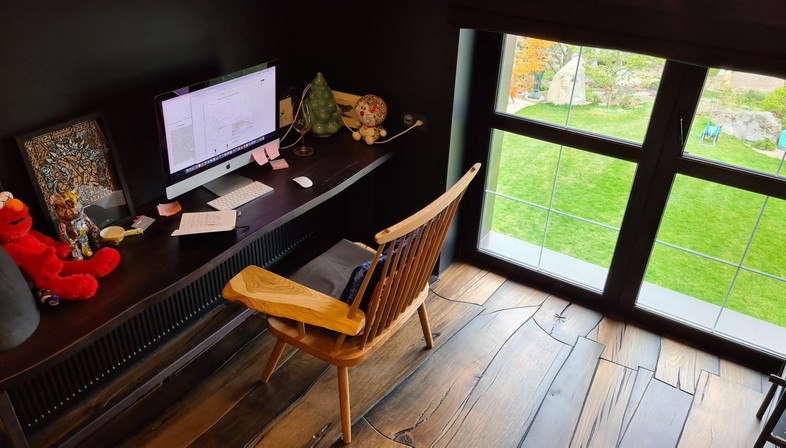
1. How did your firm handle the lockdown?
Our company was one of the first in Ukraine to decide to go on the quarantine. On Friday, 4 weeks ago, we announced to the team that next week we won’t be able to attend our office. Most companies made this decision over the weekend. I am not only responsible for my life and my health, but 60 people and their families also depend on me. Therefore, the priority was to secure the team and then rebuild the business processes.
During only the first week the team adapted to the new format of project management, virtual communication, and unusual workplace conditions. Because our brains at home are set to rest. And when they were forced to work at home, they did not understand, produced an Error. But people get used to everything, so we have already adjusted. Moreover, it reassures and in some way encourages us that we have projects, something to work on because the market situation is not easy right now.
For me personally, it is very difficult being without our ceramic workshop and some handwork. So, from time to time, I go to an empty workshop to sculpt something. And most of all I miss the emotional connection with the team. Longer before the coronavirus situation I was convinced that emotional intelligence and emotional contact will not br replaced by any robotic systems that will work smoothly, productively, perfectly, and so on. So yeah, I just miss people. But in terms of the studio workflow, I can say that everything is going fine.
2. What new forms of work are you experimenting with and how about the results?
Zoom was the opening for us. Previously, we contacted our overseas clients on WhatsApp and Skype. And Zoom turned out to be cool, really comfortable. This is how we keep in touch, we call each other, we still use messengers. With clients, everything is actually going on as it did before, except the personal meetings.
We have been thinking about a few online systems for project management for a long time. Now is the time to test these programs. However, we have not yet settled on a specific solution.
3. How do you think this experience will affect the future management of an architectural practice?
I thought about this topic and realized some real changes that await our homes and our priorities. Demand for private homes will increase — people would like to be as autonomous as possible and have where to go for a walk other than a cluttered balcony. People will pay more attention to the landscaping of their premises — it is about green walls, about house gardens. Workplace comfort will be important after experiencing a time when most of us were unprepared. I am sure that people will change their minds towards the autonomy of their homes and their readiness for anything. Those who can afford it will start building bunkers with autonomous heating, water supply, food supplies, underground gardens and more.










